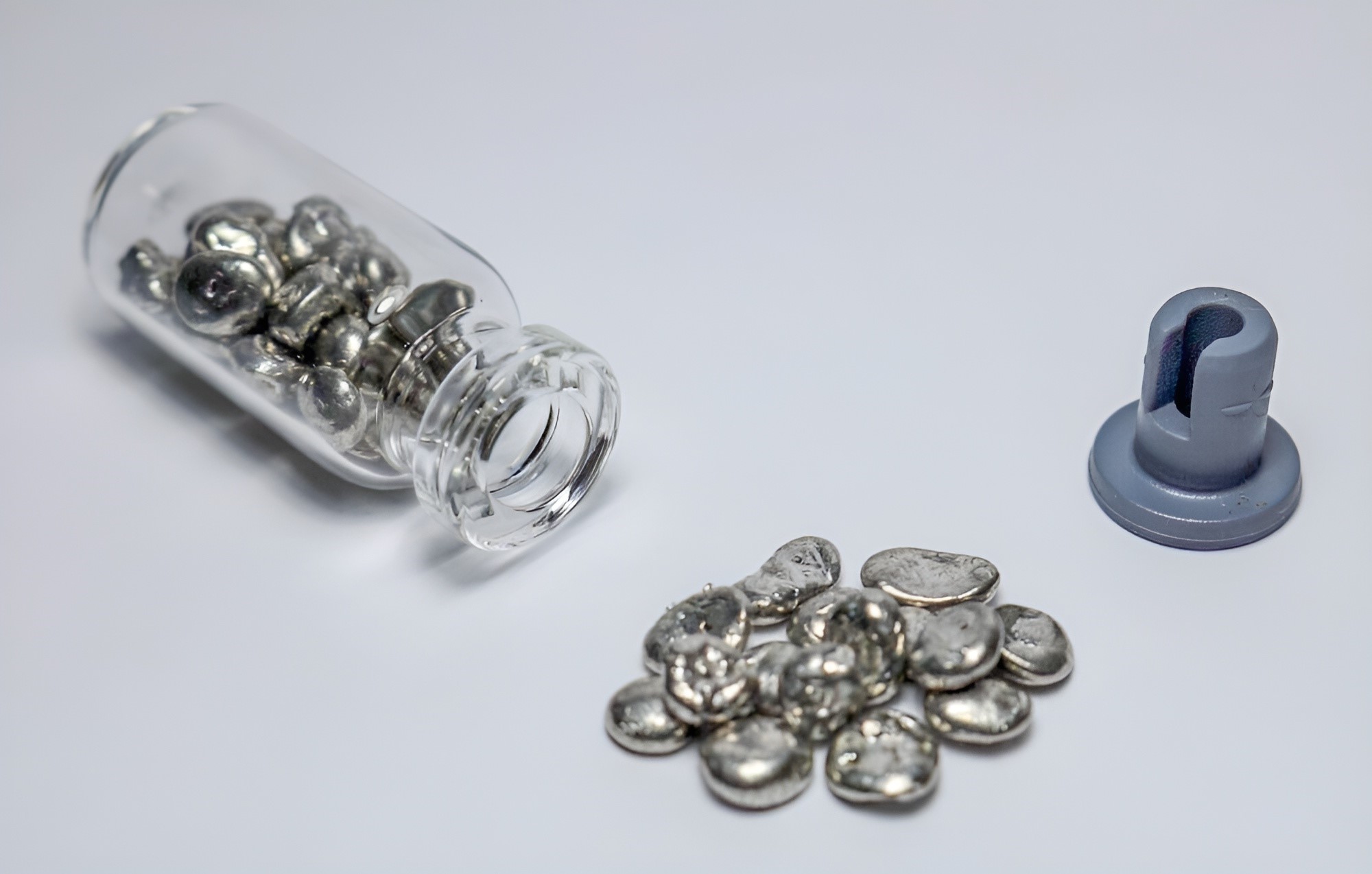
Rose Metal Press is a unique publisher that focuses on hybrid genres, blending elements of fiction, nonfiction, and poetry. Founded in 2006, this small press has carved a niche in the literary world by championing works that defy traditional boundaries. Why should you care about Rose Metal Press? Because they bring fresh, innovative voices to the forefront, offering readers a chance to experience literature in new and exciting ways. Their commitment to quality and creativity has earned them a loyal following among both writers and readers. Whether you're a fan of flash fiction, prose poetry, or any other hybrid form, Rose Metal Press has something special to offer.
Key Takeaways:
- Rose metal, a low-melting-point alloy, is named after chemist Valentin Rose. It's non-toxic, used in fire sprinklers, and has historical significance from the 18th century.
- With unique properties like low toxicity and high density, Rose metal finds applications in fire safety, medical shielding, and even magic tricks. Its future prospects include 3D printing and advanced medical uses.
What is Rose Metal?
Rose metal, also known as Rose's metal, is a fusible alloy with a low melting point. It's named after German chemist Valentin Rose, who discovered it in the 18th century. This unique alloy is composed of bismuth, lead, and tin.
-
Low Melting Point: Rose metal melts at approximately 98°C (208°F), making it ideal for applications requiring low-temperature melting.
-
Composition: It typically contains 50% bismuth, 25-28% lead, and 22-25% tin.
-
Non-Toxic Alternative: Unlike other low-melting-point alloys, Rose metal is less toxic because it contains no cadmium or mercury.
-
Used in Fire Sprinklers: Its low melting point makes it perfect for use in automatic fire sprinkler systems.
-
Medical Applications: Rose metal is used in radiotherapy to protect healthy tissues from radiation.
-
Casting and Molding: Its low melting point and ease of use make it popular for casting and molding small objects.
Historical Background
Understanding the history of Rose metal helps appreciate its significance and applications over time.
-
Discovered in the 18th Century: Valentin Rose, a German chemist, discovered this alloy in the late 1700s.
-
Named After Its Discoverer: The alloy is named in honor of Valentin Rose.
-
Early Uses: Initially, it was used in scientific experiments due to its unique properties.
-
Industrial Revolution: During the Industrial Revolution, Rose metal found applications in various industries, including plumbing and fire safety.
-
Evolution of Composition: Over time, the composition of Rose metal has been refined to improve its properties and reduce toxicity.
Unique Properties
Rose metal boasts several unique properties that make it valuable in various fields.
-
Low Melting Point: Melts at a temperature just above boiling water, making it easy to work with.
-
Non-Toxic: Contains no cadmium or mercury, making it safer than other low-melting-point alloys.
-
Density: Has a high density due to the presence of bismuth and lead.
-
Thermal Expansion: Exhibits minimal thermal expansion, making it stable under temperature changes.
-
Electrical Conductivity: While not a great conductor, it has sufficient conductivity for specific applications.
-
Non-Magnetic: Rose metal is non-magnetic, which can be advantageous in certain electronic applications.
Applications in Modern Technology
Rose metal continues to find new applications in modern technology due to its unique properties.
-
Fire Sprinkler Systems: Used in fire sprinklers due to its low melting point, ensuring quick activation in case of fire.
-
Medical Radiation Shielding: Protects healthy tissues during radiotherapy.
-
Casting Small Objects: Ideal for casting small, detailed objects due to its low melting point and ease of use.
-
Thermostats: Used in some thermostats to control temperature-sensitive devices.
-
Fusible Plugs: Employed in safety devices like fusible plugs to prevent overheating.
-
Jewelry Making: Sometimes used in jewelry making for its ease of casting and molding.
Environmental and Safety Considerations
While Rose metal is less toxic than some alternatives, there are still important safety and environmental considerations.
-
Lead Content: Contains lead, which can be harmful if not handled properly.
-
Proper Disposal: Must be disposed of correctly to prevent environmental contamination.
-
Safety Gear: Always use appropriate safety gear, such as gloves and goggles, when handling Rose metal.
-
Ventilation: Ensure good ventilation when melting or casting to avoid inhaling fumes.
-
Storage: Store in a cool, dry place to prevent oxidation and degradation.
Fun Facts
Here are some interesting and lesser-known facts about Rose metal.
-
Named After a Chemist: Named after Valentin Rose, who discovered it in the 18th century.
-
Used in Magic Tricks: Sometimes used in magic tricks due to its low melting point.
-
Educational Tool: Often used in educational settings to demonstrate properties of metals and alloys.
-
Artistic Uses: Artists sometimes use Rose metal for creating intricate sculptures and models.
-
Eutectic Alloy: It's a eutectic alloy, meaning it has a single melting point rather than a range.
-
Recyclable: Can be melted down and reused multiple times without losing its properties.
Comparisons with Other Alloys
Comparing Rose metal with other alloys helps highlight its unique advantages and disadvantages.
-
Versus Wood's Metal: Unlike Wood's metal, Rose metal contains no cadmium, making it less toxic.
-
Versus Cerrobend: Cerrobend has a lower melting point but contains cadmium, making Rose metal a safer alternative.
-
Versus Gallium: Gallium melts at a lower temperature but is more expensive and less practical for many applications.
-
Versus Tin-Lead Solder: Rose metal has a lower melting point than traditional tin-lead solder, making it useful for specific low-temperature applications.
Future Prospects
The future of Rose metal looks promising as new applications and improvements continue to emerge.
-
3D Printing: Potential use in 3D printing for creating detailed metal objects.
-
Advanced Medical Applications: Ongoing research into new medical uses, such as targeted drug delivery systems.
Final Thoughts on Rose Metal
Rose metal, a fascinating alloy, has a lot to offer. Its unique properties make it stand out. With a low melting point, it’s perfect for various applications like fire sprinklers and fuses. Unlike other metals, it doesn’t contract when solidifying, which is pretty cool. This makes it ideal for casting delicate items.
Its history is just as interesting. Named after German chemist Valentin Rose, it’s been around since the 18th century. Over time, it’s found its way into many industries, proving its versatility.
Understanding rose metal’s composition and uses can be quite beneficial. Whether you’re a student, hobbyist, or professional, knowing these facts can give you a deeper appreciation for this alloy. So next time you encounter rose metal, you’ll know just how special it is.
Frequently Asked Questions
Was this page helpful?
Our commitment to delivering trustworthy and engaging content is at the heart of what we do. Each fact on our site is contributed by real users like you, bringing a wealth of diverse insights and information. To ensure the highest standards of accuracy and reliability, our dedicated editors meticulously review each submission. This process guarantees that the facts we share are not only fascinating but also credible. Trust in our commitment to quality and authenticity as you explore and learn with us.


